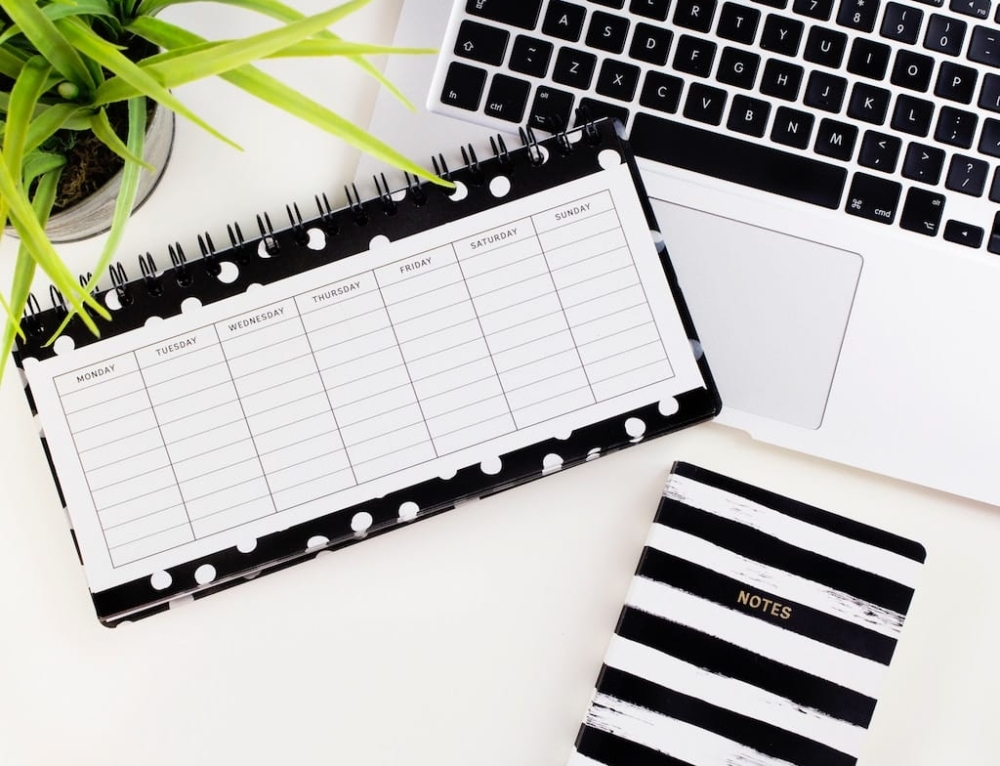As children begin to write, parents can help establish and reinforce proper pen grip. Correct pen grip is essential not only to improve handwriting but also to facilitate comfort and fluidity of writing. Some education experts believe it may even play a helpful role in brain development.
Given the difficulty of retraining children to hold a pen properly once incorrect habits are entrenched, usually by the age of 6, introducing the correct pen grip –known as the basic “Tripod” grip or pen grasp — early is advisable.
What is the Tripod grip?
In the Tripod grip, the thumb, forefinger, and middle finger form a triangle, with the ring finger and pinkie supporting the middle finger. The pen should be positioned between the three key fingers – the pad of the thumb, the side of the middle finger,and the tip of the index finger – so that there is equal pressure from all three fingers. All three fingers should be bent slightly. This will allow for proper control of the pen, allowing your child to write more quickly and easily.
When should you introduce the grip?
It’s a good idea to introduce the Tripod grip when your child begins to learn to write his or her own name, usually around age 5. Some kids just naturally use the Tripod grip. Others need a little gentle help from parents and teachers.
What pitfalls should you avoid?
- Make sure your child isn’t gripping the pen too tightly. Indicators of a grip that is too tight include white knuckles, holes in the paper, or frequent pencil-tip breakage when using pencils.
- Make sure your child isn’t hyper-extending the first knuckle of the pointer finger. There should be no sign of pressure – no redness, no whiteness – in the knuckle or the fingertip. The index finger should rest on top of the pen.
- Make sure your child isn’t making a fist. The hand needs to be relaxed or it will tire of writing too quickly.
If your child is consistently gripping the pen too tightly, making a fist, or hyper-extending the knuckle, place a small wadded up paper towel or tissue, a small wad of modeling clay, or a small round rubber ball in his palm as he writes; this should loosen his grip.
Applying correct pressure on his pencil when writing?
You want your child to press hard enough to see a line when he writes, but not so hard that the pencil lead snaps or the paper tears. A soft-lead pencil will help the pencil to mark the paper without the need to apply undue pressure.
How should your child position the pencil, his hand, and his wrist?
The end of your child’s pen should angle toward his shoulder. The thumb should continue the line of the underside of the forearm. The hand shouldn’t curve or hook under.
How should your child position the rest of his body?
Your child should be seated in an appropriate-sized chair (and at an appropriate-sized table or desk) and be seated with his bottom flat on the center of the chair’s seat, with feet flat on the floor. He can use his non-writing hand to hold the paper in position and keep it steady as he writes. (For younger kids, you may want to help by taping the paper to the table.)
What about writing implements?
You can let your child have a choice of writing implements – it doesn’t have to be a pen. Pencils, markers and crayons are also perfectly acceptable.
What else can you do to help your child?
Encourage your child try to write daily, if possible, or at least a few times a week.Practice sessions can be fun – your child can employ proper pen grip while drawing or writing – and should be kept short: around five minutes each day for younger children, 10 to 15 for kids who are a bit older. And while it’s important to support your child’s writing skills and reinforce good habits, never push. You want to make sure writing and drawing is something your child not only learns, but learns to enjoy as well.







Leave A Comment
You must be logged in to post a comment.